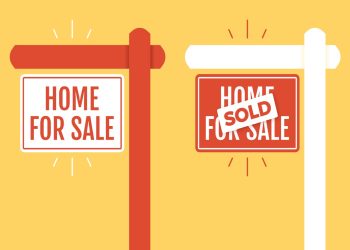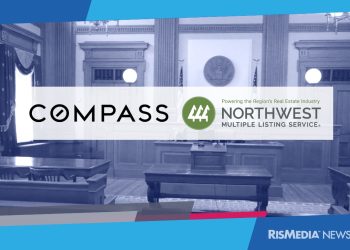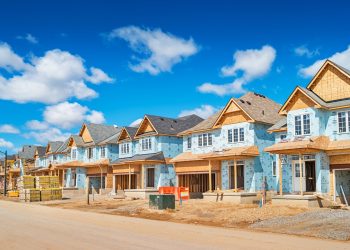The homeownership rate improved to 63.9 percent in the third quarter—the second time it has inched up this year, slightly topping 63.7 percent in the second quarter and 63.5 percent this time last year, according to the U.S. Census Bureau’s recent Quarterly Housing Vacancies and Homeownership report.
Another second-time win? The gap between the owner household formation rate and the renter household formation rate widened again. Approximately 87 percent of housing was occupied in the third quarter, with 55.7 percent owner-occupied and 31.4 percent renter-occupied. Owner-occupied and renter-occupied housing accounted for 55.5 percent and 31.6 percent shares, respectively, in the second quarter of this year, and 55.5 percent and 31.8 percent shares, respectively, in the first quarter.
The homeownership rate in the third quarter was again highest in the Midwest, at 69.1 percent, and the South, at 65.5 percent. The rate in the Northeast was 60.4 percent, while the rate in the West was 58.9 percent.
Households headed by those aged 65 and older comprised the biggest share of homeowners in the third quarter, 78.9 percent, while households headed by those aged 34 years and younger comprised the smallest, 35.6 percent. Home sales to first-time homebuyers, notably—who are a median 32 years old—dipped this year, according to the recently released National Association of REALTORS® (NAR) 2017 Profile of Home Buyers and Sellers.
Non-Hispanic White Alone homeowners, as defined by the Census, claimed the highest homeownership rate in the third quarter, as well: 72.5 percent. Asian, Native Hawaiian and Pacific Islander Alone homeowners encompassed the second-highest rate, at 57.1 percent, while Hispanic homeowners held the next-highest, at 46.1 percent. Black Alone homeowners totaled the lowest rate, at 42.0 percent.
The homeowner vacancy rate was 1.6 percent in the third quarter, the report revealed, while the renter vacancy rate was 7.5 percent—both largely in line with the second quarter. Homeowner vacancy rates were again highest outside metropolitan statistical areas (MSAs) at 2.0 percent, ahead of in principal cities at 1.6 percent and in suburbs at 1.5 percent. Renter vacancy rates were also highest outside MSAs at 8.5 percent, followed by inside principal cities at 7.9 percent and in suburbs at 6.9 percent.
The median asking sales price for vacant for sale housing in the third quarter was $187,300, the report showed. The median asking rent for vacant for rent housing, over the same period, was $912.
Source: U.S. Census Bureau
Suzanne De Vita is RISMedia’s online news editor. Email her your real estate news ideas at sdevita@rismedia.com.
For the latest real estate news and trends, bookmark RISMedia.com.











